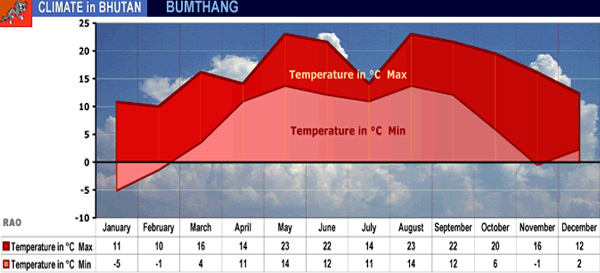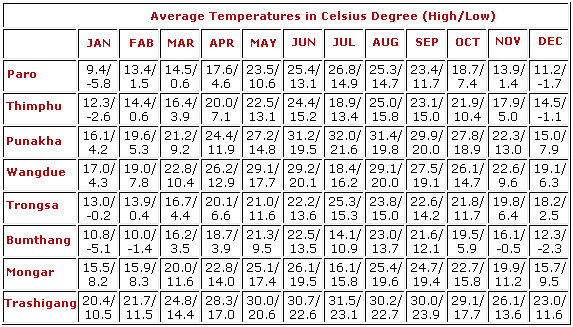- Home |
- Why With Us |
- About Us |
- Booking |
- Contact Us |
- Site Map
- Home
-
Nepal
-
Trekking
- Arun Valley with Gokyo Lakes
- Everest Base Camp Trek
- Everest- A Living Culture Exploration
- Everest Explore
- Everest Base Camp (via Thame) Trek
- Everest Base Camp with Kala Patthar
- Everest Comfort Trek
- Everest High Passes with Ama Dablam Base Camp
- Everest Mani Rimdu Festival Trek
- Everest Nagpa La Trek
- Everest with three high passes
- Gokyo Ri, Chola Pass & Chukung Ri with Kala Patthar
- Gokyo with Everest Base Camp
- Jomsom - Muktinath
- Jomsom - Muktinath
- Khayar Lake Trek
- Manaslu and Tsum Valley with Larkya La
- Upper Mustang Trek
- Manaslu High Circuit
- Manaslu, Tilicho Pass & Upper Mustang
- Annapurna Base Camp Trek
- The Annapurna Circuit Trek
- Annapurna Panorama
- Nar and Phu Valley Trekking
- Nepal Rhododendron Trek
- Royal Trek
- Saribung Trek and Expedition
- Annapurna Sanctuary Trek
- The Annapurna Sunrise Trek
- Expedition
-
Rafting
-
Peak Climbing
-
Tours
- Kathmandu-Chitwan-Jungle Tour with visit to Pokhara
- Dawn to Dusk Tour
- Historical, Natural & Cultural Tour with Camping
- Kathmandu Valley Temple Tour
- Temple - Panorama - Jungle Tour
- Taste of Nepal
- Central Nepal Tour
- Explore Nepal Tour & Trek
- Nepal Cross-country Tour
- Best of Nepal Tour & Treks
- Kathmandu valley rim Tour & Treks
- Nepal Culture Tour
- Introduction to Nepal Tour & Treks
- Nepal at a glance Tour & Treks
- Wonders of Nepal Tour & Treks
- Glimpses of Nepal Tour & Treks
- Through the Silhouette Tour & Treks
- Tent and Temple Tour
- Kathmandu-Chitwan-Pokhara Tour
- Historical, Cultural City and Jungle Tour
- Nepal Wildlife Tour
- Nepal Panorama Historical Tour
- Nepal Adventure Tour
- Nepal Pilgrimage Tour
- Ghalegaun-Ghanapokhara Homestay Tour
- Jungle Safari
- Adventure Sports
-
Trekking
- Tibet
-
Bhutan
-
India
- Yoga Tour
- About Us
-
The Great Himalayan Trail
-
Short Tours/Treks

Weather

Bhutan is at the same latitude as Miami and Cairo. The climate varies widely depending on the elevation. In the southern border areas it is tropical; at the other extreme, in the high Himalayan regions, there is perpetual snow. Temperatures in the far south range from 15°C in winter (December to February) to 30°C in summer (June to August). In Paro the range is from -5°C in January to 30°C in July, with 800mm of rain. In the high mountain regions the average temperature is 0°C in winter and may reach 10°C in summer, with an average of 350mm of rain.
Rain occurs primarily during the southwest monsoon season from June to September. Bhutan bears the brunt of the monsoon, receiving more rainfall than other Himalayan regions – up to 5.5m a year. During the monsoon, heavy rain falls almost every night; in the day there may be long periods without rain. Low clouds hang on the hills, obscuring views and, if they are too low, forcing the cancellation of flights at Paro airport.
Precipitation varies significantly with the elevation. The average rainfall varies from region to region.
| Himalayan regions Less than | 500mm per year. |
| Inner central valleys | 500mm to 1000mm per year. |
| Southern foothills | 2000mm to 3500mm per year. |
| Southern border area | 3000mm to 5000mm per year. |
Bhutan is well north of the Equator to experience frigid temperatures during winters, but surprisingly, Bhutan experiences a slice of all seasons round the year. Everyone agrees that the best time to visit Bhutan is all the time because different times of the year offer different attractions. Whereas summers are ideal for trekking and rafting, winters are an absolute treat for bird watchers. We won't call them ornithologists-that makes them sound way too academic and Bhutan is synonymous with crisp clean fun and blissfulness with a dose of passion. It all depends on where your interests lie and it is our job at Yetis & Dragons Bhutan Travel Agency to match your favorite activities with the climate in Bhutan. Here is a quick run down of what you can expect during various times of the year during your Bhutan tour:
Bhutan is one of a handful of land-locked nations in the world. It stretches across all the climate zones-- from the sub-tropical jungles in the south of Bhutan to the heights of 2000-2500 meters above sea level in the central part of the country, from the breath-taking Alpine forests in the Himalayan range to the crystal clear and almost transparent glaciers of the east.
Spring
Spring is never far behind in Bhutan and usually arrives in early March. It stays till the end of April and graciously paves the way for summer. Temperatures are mild and humidity is low during spring. Blossoms are out in full force and the long list of flowers you can see all around you include azaleas, rhododendrons and a bewildering variety of flowers that grow in the wild such as edelweiss. Apple and pear orchards too come to life at this time of the year. If you are a botanist in spirit and at heart, you will never run out of things to do during your travel to Bhutan.
Summer
The summer season stretches from May to July each year and is the perfect time for treks, rafting excursions, visits to places of religious, historical and archeological significance, and most importantly, to relax and to have truckloads of fun. Temperatures are moderate and no matter where you look, it is green everywhere. You will need to use sunscreen lotion because you are at an altitude and the sun can be rather bright at times. Every walk you take and every breath you inhale will be an experience you can recollect individually. The air is as clean as it can ever get on the planet and pollution is merely a textbook term to be studied in classrooms.
Autumn
Autumn in Bhutan is much like fall in New England. The colors are fascinating and there are a million shades of orange and yellow to behold. Autumn too is an excellent time to visit Bhutan. There is usually a nip in the air so packing a few woollies isn't a bad idea.
Winter
If you happen to live in a tropical or sub-tropical country and wish to watch snow flakes gently glide down from the sky, Bhutan is for you. Many surface-level treks that have been officially classified as "mild" are available for you to take during the winter months. The days are warm and the nights are chilly.


Trekking in Nepal
Expeditions In Nepal
Rafting in Nepal
Tours in Nepal
All rights reserved.



